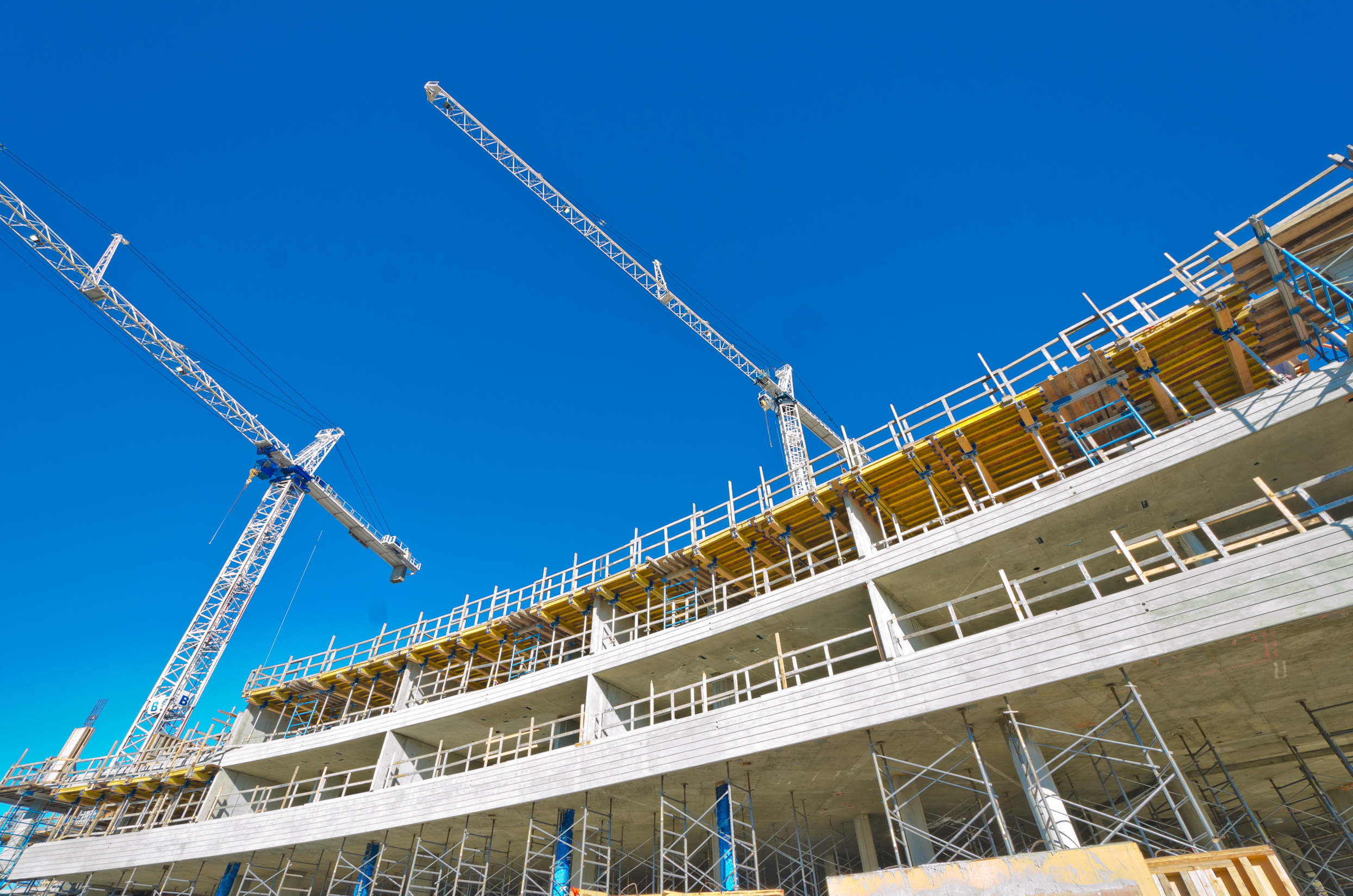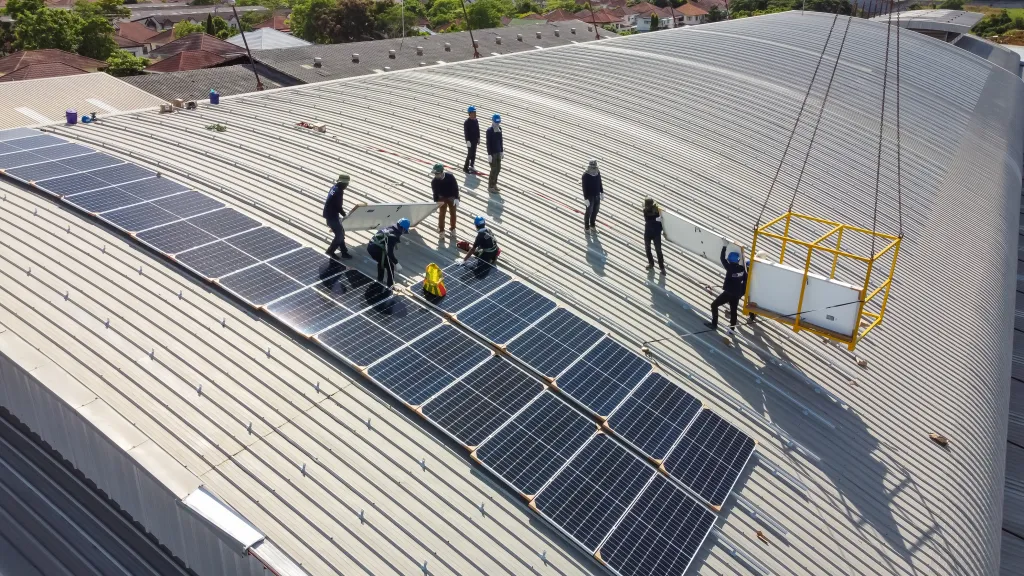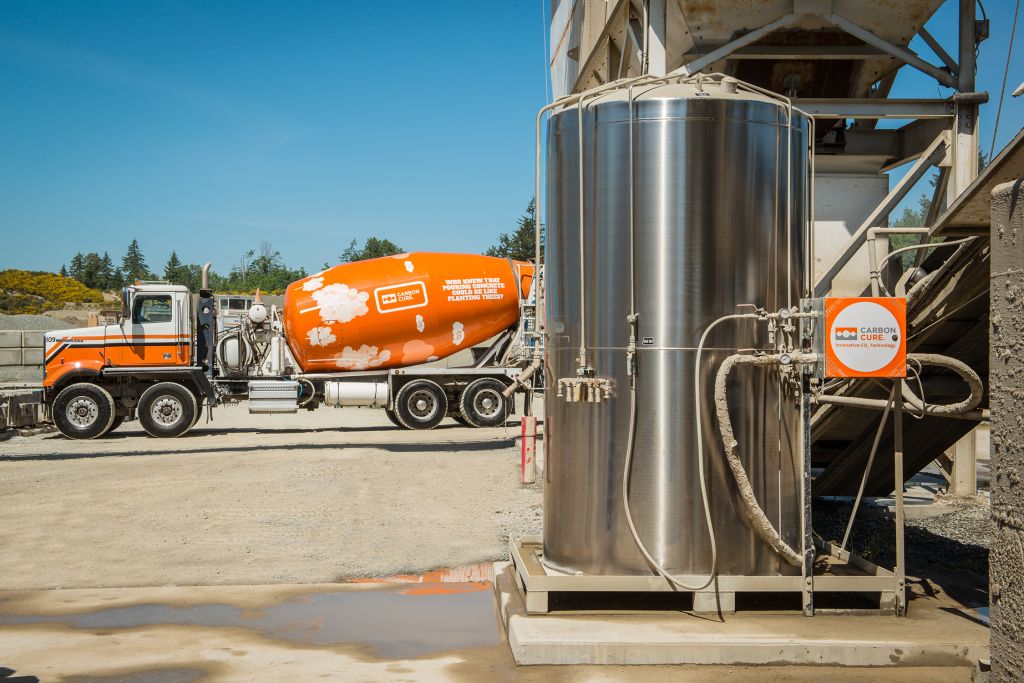After a bumpy journey investorsare hopeful Canada’s commercial real estate sector will enjoy smoother sailing in 2025, but some headwinds remain.
Skyrocketing borrowing and construction costs, a glut of inventory, a decline in permits issued, and a weakening employment market made 2024 a particularly challenging time for the sector, according to the Canadian Real Estate Association (CREA).
The slowdown began at the end of 2023, when non-residential building permits dropped 3% on an annual basis, and more than 13% from the previous quarter, with the sharpest declines in British Columbia, Ontario, New Brunswick, and Newfoundland and Labrador. Despite falling interest rates and lower inflation, the market remained skittish through 2024.
There were, however, some early signs of optimism to close out the year. According to CBRE Canada’s Market Outlook for 2025, momentum in the commercial real estate (CRE) investment market built steadily through the second half of last year, with transaction volumes and activity trending higher.
“With each decrease to the policy interest rate, investors grew more confident that the market was shifting back into a stable and more accommodating financing environment,” the report explains, noting commercial real estate volumes for 2024 are on track to total $45 billion. “This would be the third consecutive annual decrease in investment volumes since the record high in 2021 but also represents what is expected to be the trough before a recovery in 2025.”
Lingering short-term uncertainty for Canada’s commercial real estate market
Though a recovery is far from certain, the CBRE report concludes that market conditions are favourable for a comeback in the latter half of the year, assuming interest rates continue their decline.
That, however, is far from certain, as the Bank of Canada announced plans to end quantitative tightening following January’s 25bps rate cut, and suggested future changes were contingent on the results of President Trump’s tariff threats. Though a tariff war was averted in late January, the matter is far from settled, as the temporary agreement is only in place for 30 days.
“Projections in the January Monetary Policy Report (MPR) published today are subject to more-than-usual uncertainty because of the rapidly evolving policy landscape, particularly the threat of trade tariffs by the new administration in the United States,” the Bank wrote in its interest rate announcement on January 29.
The Bank warned that a trade war with the country’s biggest trading partner could have a significant impact on inflation—and with it, interest rates—adding some uncertainty to the future of the CRE market.
“I think commercial real estate has been challenged for some time, so I think that this is kind of built into the pricing,” Kevin Meyler, a partner and national leader of business restructuring and turnaround services at BDO Canada, told BNN Bloomberg. “I think commercial real estate is still going to have some headwinds and struggles.”
Despite potential challenges in the short and even medium-term, however, Meyler remains confident of the longer-term outlook. “I have to believe it will rebound,” he said. “It traditionally has. So, I do think it’s an opportunity. And I think if it’s priced right, [investors] may want to look at it.”
Commercial Real Estate sectors on different trajectories
As the market shifts towards a recovery some commercial real estate sectors are expected to bounce back faster than others.
Return to office
After hitting record highs in the summer of 2024 experts suggest vacancy rates are poised to come down through this year.
According to a recent report by Altus Group, demand for office space has been trending downward since the pandemic, due to the rise of remote work, business downsizing, and general economic uncertainty. However, the CRE research and analytics firm suggests “the office sector now appears to be turning an important corner.”
According to the report, a recovering economy, positive leasing momentum and an increase in return-to-office mandates will drive up demand in the months ahead. At the same time, the significant slowdown in construction in recent years is poised to take a bite out of supply, especially for tenants seeking newer accommodations.
The CBRE report came to a similar conclusion, suggesting that tenants will “shift back to a growth mindset” in 2025, noting the recent slowdown in construction will result in “an under-supply of modern, amenitized and environmentally sustainable buildings.”
Retail therapy
The retail sector is positioned to benefit from many of the same trends that are expected to drive a recovery in office space—including lower interest rates, improving demand and limited supply of new spaces—but the sector also faces some unique challenges.
According to the CBRE report, high construction costs have constrained building activity in recent years, driving up the demand—and rental costs—of retail spaces, especially those with fixture units. Retailers are also poised to expand further into secondary markets this year.
At the same time, the sector is perhaps the most exposed to macro-economic challenges and more local economic sentiment. For example, a trade war with the United States would hit the retail sector the hardest, and quickest, not only in terms of internal financial operations, but the impact on consumer confidence. Longer term trends, like the planned slowdown in immigration, are also expected to negatively impact consumer spending, putting even greater pressure on retailers.
While the sector will likely see some improvement from last year, retail remains on the front lines of Canada’s most pressing economic uncertainties and will be more susceptible to market shocks in the year ahead.
Industrial wasteland
After an unprecedented upswing in demand for industrial spaces during the pandemic the sector has more recently seen a significant pullback in demand, as logistics companies and retailers offload some of the space they took on during pandemic expansions. According to Colliers Canada, however, industrial new construction has fallen 30% from its peak, setting up some potential supply changes down the road.
At the same time, the retailer and logistics pullback is being balanced out by strong demand from the food and beverage industry, and data centres, with demand also surging in Alberta on the back of its recent economic expansion.
According to CBRE the market has begun showing signs of improvement as rents begin to moderate and the market continues to absorb new supply, setting the stage for a potential turn around by mid-2025.
The bigger picture for commercial real estate in 2025
Despite varying trajectories across property types, institutional capital is set to return and infuse the market with increased liquidity in 2025, which could help drive commercial real estate investment volumes to an estimated $48 billion, according to CBRE. The group says high potential for significant merger and acquisition activity is also adding to the optimism for a commercial real estate turnaround in the coming year.
If a turnaround does materialize later in the year there are signs to suggest it could snowball quickly, if the macro-economic conditions remain favourable.
“When asked about the top geographies for investment outside their native jurisdictions, Germany, Canada, Mexico, India, and Australia emerged as top choices,” wrote the authors of Deloitte’s global 2025 Commercial Real Estate Outlook report. “Should transaction activity return in 2025, these areas may be where international investors look first.”
The report—which surveyed 880 C-level executives worldwide—found that 68% expect CRE transaction volumes and capital availability to increase significantly this year, compared to just 27% who anticipated transactions increasing the same time last year.
Though much uncertainty remains, specifically with regards to inflation, interest rates and tariffs, Canada is expected to offer an attractive commercial real estate market for investors in 2025.
“There’s a lot of negativity and social media nonsense that says Canada’s broken. But Canada remains a growth play, and there’s more optimism in the market today than there has been in the past couple of years,” CBRE chairman Paul Morassutti told the Globe & Mail in December. “We expect 2025 to be considerably more active than 2024.”






